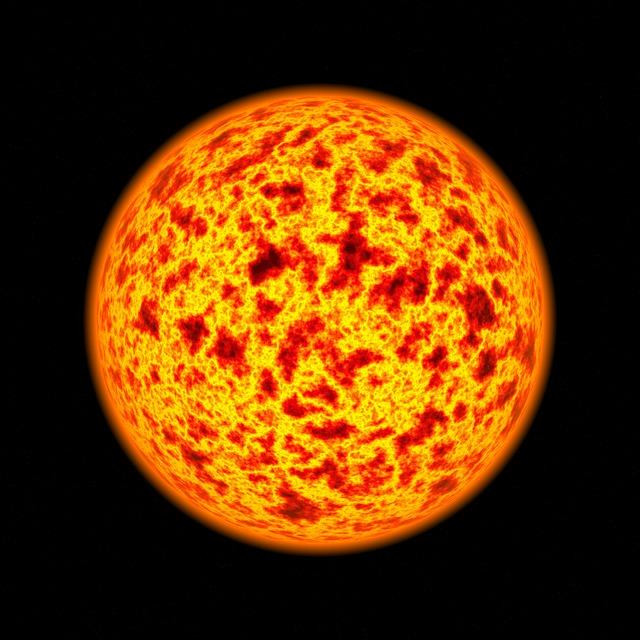Astronomers have discovered the most forbidding planet.
This "Hell Planet" is named K2-141b and is around 200 light years away.
It has an ocean - made entirely of lava - that is 60 miles deep. Earth's highest peak, Everest, is just 5.4 miles high.
The planet is also so unwelcoming that it rains rocks. The vaporized atmosphere mimics our own planet but with rocks and extreme heat.
Hell Planet has winds that whip across its boiling ocean at more than four times the speed of sound, which is around 4,900-plus kilometers an hour. The U.S. Air Force SR-71 "Blackbird" - the fastest jet aircraft in the world - can fly at 3,530 kilometers an hour.
The Earth-size planet has temperatures of around 3,000 degrees centigrade on one side - hot enough to melt a rock. But they plummet to below minus-200-centigrade on the other - which is in permanent darkness and cold enough to freeze nitrogen.
Scientists from McGill and York University are the first to study and predict the weather on the hostile planet which was first discovered by the Kepler Space Telescope in 2018. The inhospitable weather patterns forecast may permanently transform the planet's surface and atmosphere over time.
According to professor Nicolas Cowan of the study, all rocky planets, including Earth, "started off as molten worlds but then rapidly cooled and solidified," The Telegraph quoted Cowan as saying. "Lava planets give us a rare glimpse at this stage of planetary evolution," he added.






